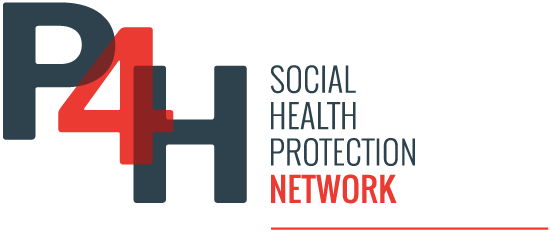Providing universal health coverage (UHC) in Afghanistan faces challenges due to the country’s geographic topography and gender dynamics. A significant number of primary healthcare facilities are unevenly distributed, leaving nearly 25% of the population underserved, particularly in rural areas. Women of childbearing age and children under five make up a large portion of this underserved demographic. The ongoing humanitarian crisis has exacerbated poverty and healthcare access, leading to heightened risks of disease and mortality. Innovative strategies and increased funding are essential to address these healthcare delivery issues effectively.
The current situation of health equity in underserved areas of Afghanistan
Reference
Marwa Rashad Salem, Nelly Hegazy, Sherif Eldeeb, Jerome A. Shaguy, Ramesh Mohammad Nassery, Abdullah Khawari, Jamshed Tanoli, and Alaa Abouzeid, The current situation of health equity in underserved areas of Afghanistan, Front. Public Health 12:1370500. doi: 10.3389/fpubh.2024.1370500, 24 Sep 2024
Published On
03 Feb 2025
Country
Tags
Source
Marwa Rashad Salem, Nelly Hegazy, Sherif Eldeeb, Jerome A. Shaguy, Ramesh Mohammad Nassery, Abdullah Khawari, Jamshed Tanoli, and Alaa Abouzeid, The current situation of health equity in underserved areas of Afghanistan, Front. Public Health 12:1370500. doi: 10.3389/fpubh.2024.1370500, 24 Sep 2024
Document type
Related Content
DOCUMENT | 10 Aug 2025
